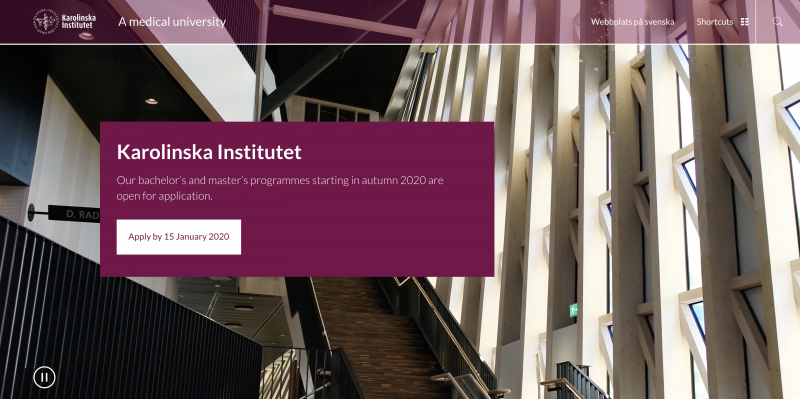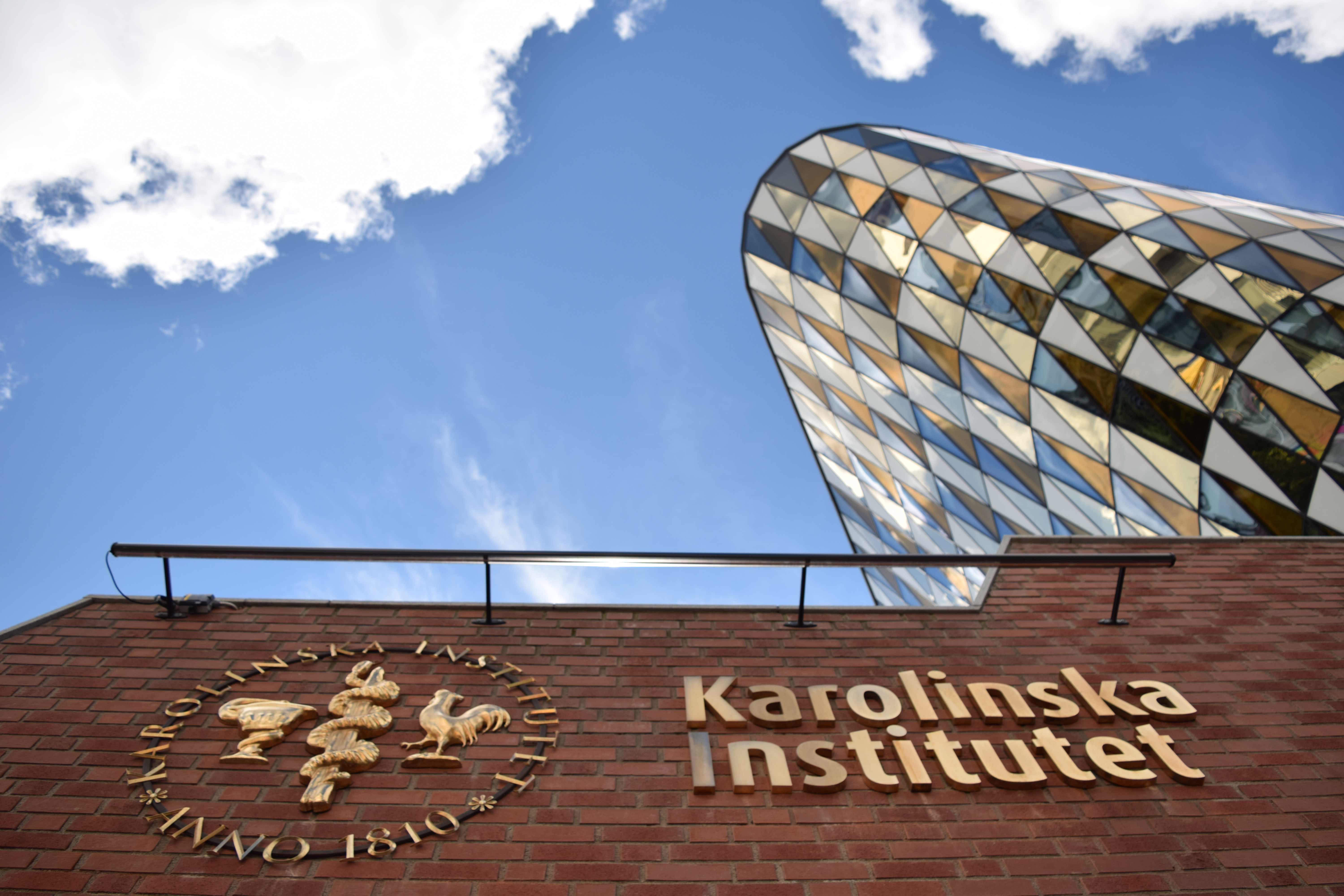
How to ace your CV form and statement of intent!
Karolinska Institutet (KI) offer 9 master programmes and all require you to fill in a programme specific CV form. It is a crucial part of your masters application and is also the one that consumes the most time!
TO CLARIFY: I’m not allowed to give too much insights about the admission process or how to exactly write your CV form/statement of intent. Part of the admission process is for you to be able to independently manage that yourself. But keep reading to receive as much tips as I can give you concerning the CV form and the statement of intent! 🙂
1. What’s included in the CV form?
Navigating through all the programme specific CV forms (see website: https://education.ki.se/selection-to-karolinska-institutets-global-masters-programmes ) they cover: education, research experience (part of and/or outside academic studies), relevant work experience, extra- curricular activities and statement of intent.
As an exception, the MSc. in Bioentrepreneurship do not include research experience part of your academic studies but the MSc. in Biomedicine do.
Tip: The different parts are placed in different order depending on the programme. This means that each programme consider some parts being more important than others when assessing your application.
2. How to fill in each part of CV form?
I applied for MSc in. Bioentrepreneurship this year (2019) and filled it in by:
- Describing what I did (tasks/responsibilities)
- Describing what I learned/gained (skills)
- Attaching a certifying reference letter.
I cannot explain more than that and cannot guarantee that this will work for you! But this is how I interpreted the instructions for the CV form.
Tip: Certifying reference letters should contain an official letterhead, the name, position and signature of the person providing the certificate, and confirmation of your position and its duration. Only activities verified by appropriate documentation will be considered.
3. How to identify and separate my experiences in the CV form?
Even if you feel that you don’t have “enough experience”… it’s all about selling yourself in the end! Even the smallest achievement you have done can be translated into those skills. A suggestion (tip) is to:
- Make a timeline of your life to get an overview of your experiences/activities.
- Identify any skills you might have learned/gained.
- Separate them accordingly into your CV form.

4. Statement of intent (SOI)
Last but not least, this was the toughest part of the application for me. The statement of intent. Dun dun duuuuuuuun.
After reading several SOI from my classmates, I identified that we all have veeeery different writing styles and that there is no recipe on how to write it. But it is clearly stated in the CV form which questions to address in your writing. We all tried to answer those questions to our best abilities and (apparently) we did successfully so!
Nevertheless, here are 5 general tips that I hope will help you:
- Try to answer the questions they’ve stated in the CV form. If it says” explain why you chose this programme” —> then try to explain why you chose this programme. Be honest and give it your best.
- Give a significant amount of time to write your SOI. I spent almost 2 months writing my SOI. I asked friends and relevant people to read and criticise my SOI. Think twice who you ask. I changed it countless times, re-wrote it from beginning to end until the very last hours of the application deadline. I don’t recommend doing it until the very last hours but i’m just being honest here with how it turned out for me.
- Leave the SOI every 2-3 days and go back to it again to revise. It helps so much to step back for a while, give your head some space to reflect, and then tackle the writing again. You usually find loopholes in your writing and better ways to phrase certain sentences.
- Try to write about things you couldn’t express in previous parts of CV Form. See the SOI as an opportunity to go beyond your stated experiences/activities and give an idea on who you are behind the application. I am not saying that you shouldn’t restate your experiences/activities – I’m just suggesting that it’s worth giving space and words for thoughts and ambitions that came out of those experiences/activities. You need to decide on what makes you feel most comfortable as it’s your application in the end!
- Give a significant time to actually upload your application. Maybe your internet crashes or maybe you just cannot find that one file you wanted to add into your application. Prepare for anything and expect the worst! 😀

Good luck with your applications! THE END!
For more information about filling out the CV form, don’t hesitate to contact our Admissions Office: https://education.ki.se/contact-admissions…….or contact me if you have any more questions regarding this! Email: tina.sayari@stud.ki.se
// Tina 🙂 (Digital Ambassador for the Bioentrepreneurship Programme).
“Know your limits but never stop trying to exceed them”.
Tina Sayari - Bioentrepreneurship
I am studying the Master's in Bioentrepreneurship and will be writing about my courses, my classmates, and the general satisfaction regarding this masters. Being born & raised in Stockholm and previously doing the Bachelor's in Biomedicine at KI, I know more than the average KI student about living in Sweden and the university :) Feel free to contact me: tina.sayari@stud.ki.se

0 comments